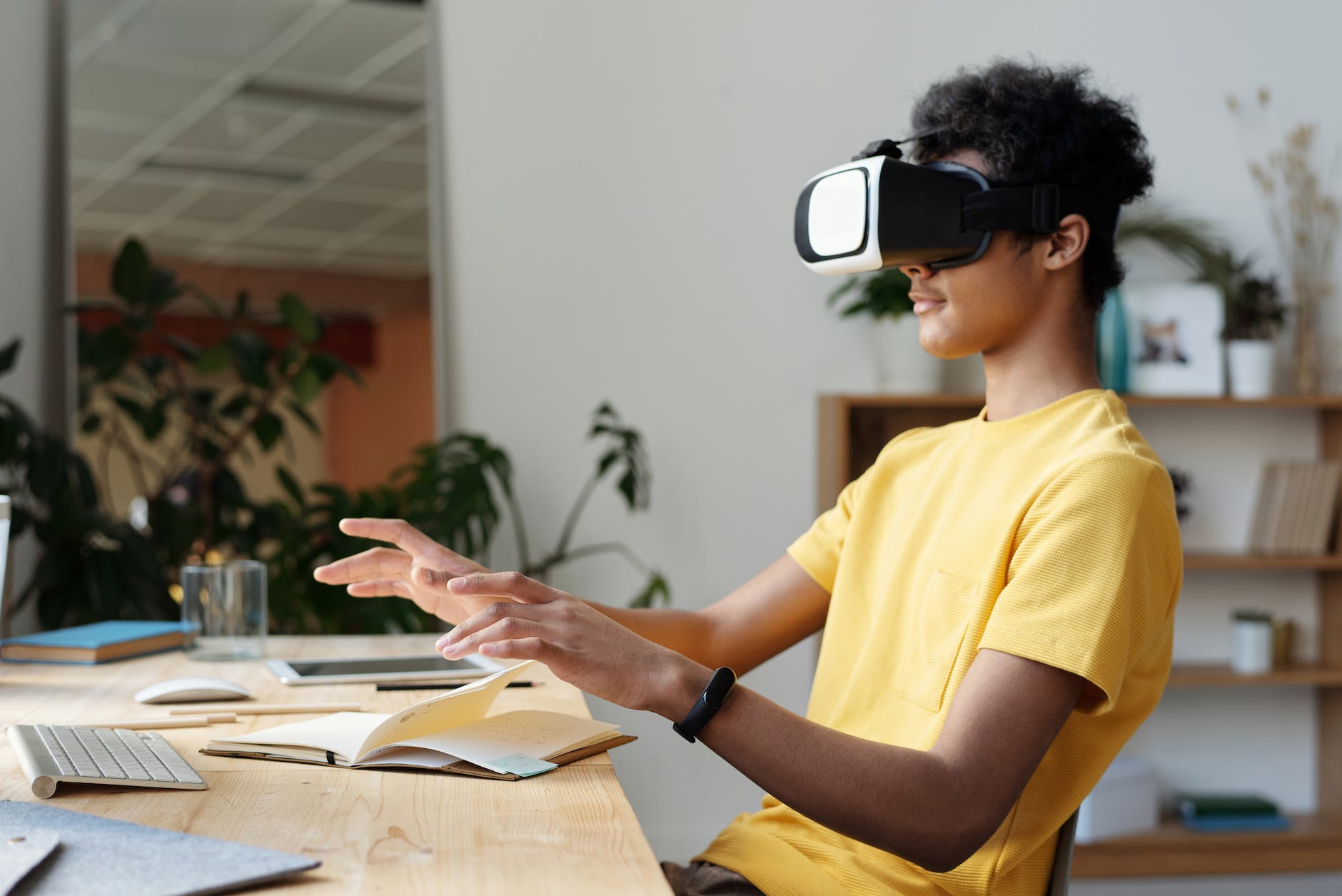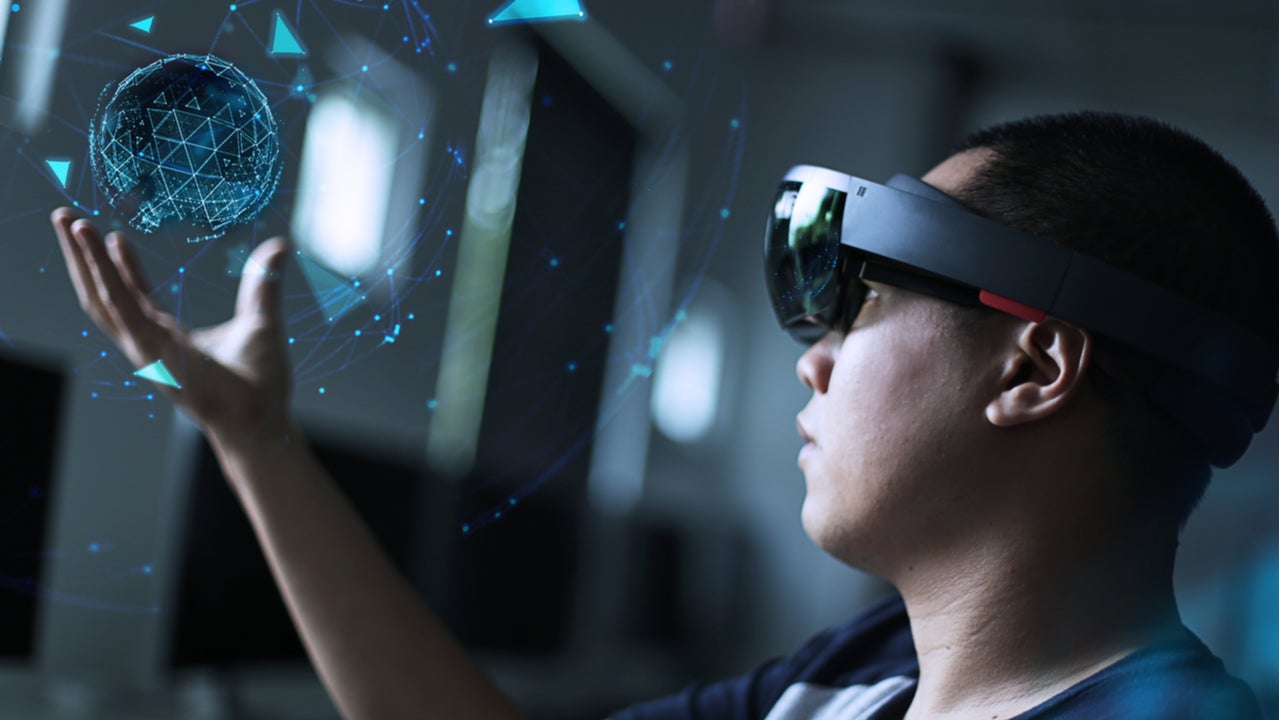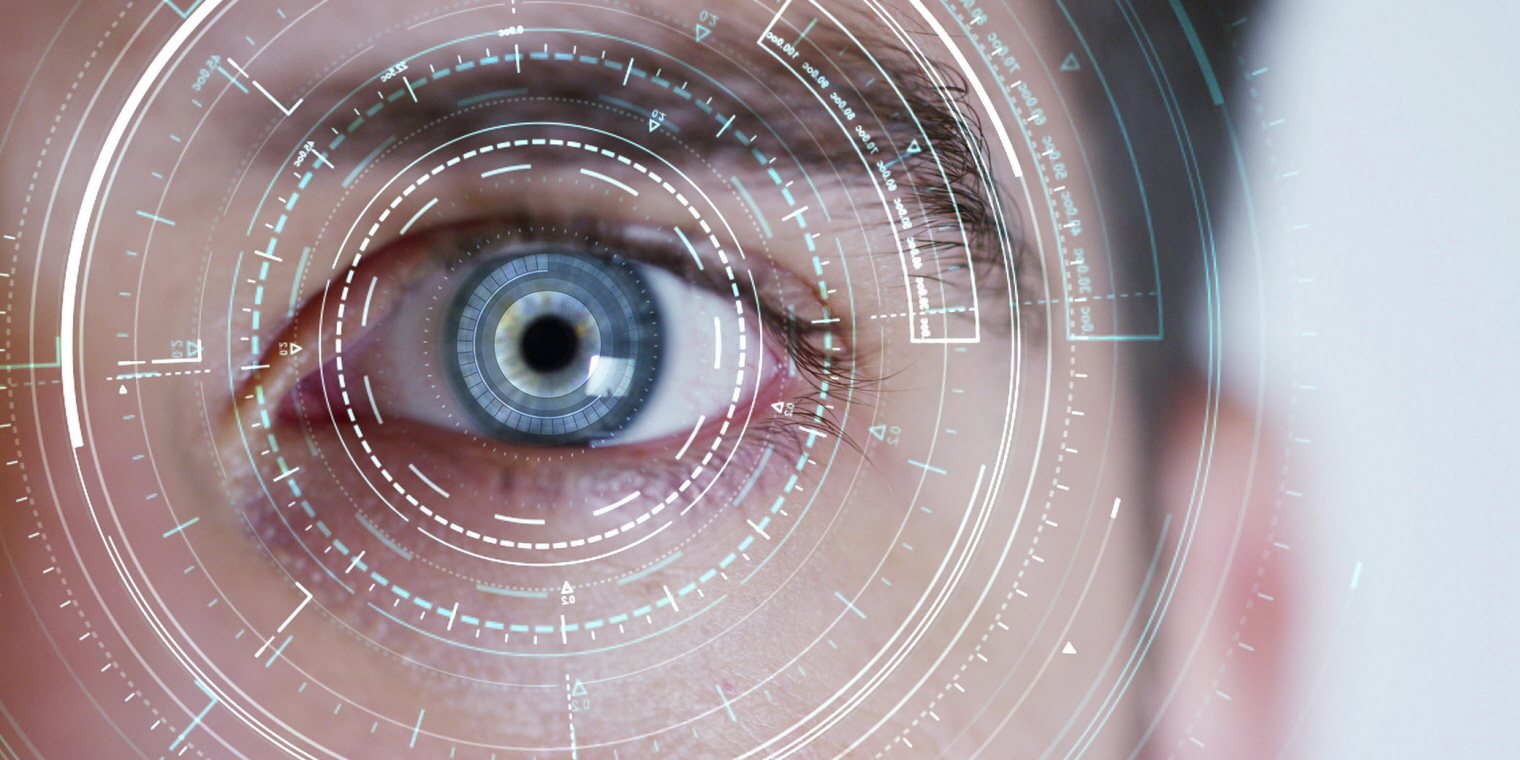
Just as I had once said, “Education is in a constant remodernization” the future of education is rapidly concocting with emerging industrial and information technologies to prepare the grounds for still more modernization, sophistication and futurism.
In post-Covid, the world has underwent paradigm shift, but the transformation, adaption and change have always been a constant through the ages. For instance, The Magic Lantern, for example, was used in the classroom to exhibit photographic slides in 1646. The Slide Rule was first used in math schools in 1654 to perform computations. Because of the abundance of slate due to the mining activity in the 1800s, blackboards were popular in classrooms. The Calculating Engine, the first prototype of a computing device, was invented in 1822. The Typewriter with the QWERTY keyboard was first introduced in 1873. The radio was first employed in the classroom in the 1920s. The first Board of Education radio lesson aired in New York City in 1925. The Overhead Projector first appeared in the classroom in 1930, with recyclable transparencies. Teachers were able to easily show and erase their notes as a result of this. Xerox invented the first photocopier in 1959, which was released in the early 1990s. Can you picture teaching without the ability to make copies of course materials with this device? Headphones and listening stations were introduced into the classroom as auditory learning aids in 1950. The slide ruler was supplanted in math and science classes by the portable calculator in the 1970s. In the 1980s, IBM released the first personal computer, which was quickly adopted as a replacement for the typewriter. The Internet (World Wide Web) was created in the 1990s! The interactive whiteboard (first “SMART Board”) was developed in 1991 and has progressively become a popular classroom gadget. In 2010, the iPad provided a hands-on learning experience with Wi-Fi functionality and a broad selection of apps that could be used in a variety of classes.

There will be no end to the number of such developments and adaptations.
Egyptian hieroglyphs existed before we knew the ABCs. Hieroglyphs, which date back to 3300 BC, are thought to be the first type of writing. Counting and calculating may seem impossible without numbers, but counting was done with stones and twigs before they were invented. More difficult calculations like addition, subtraction, multiplication, and division became possible after the invention of the abacus. Although the abacus we know today originated in China, it was first utilized by the Greeks in 300 BC. The first analog computer arrived before pens and pencils were invented, believe it or not. The Antikythera mechanism, which was constructed by the Greeks circa 150 BC to predict astronomical positions and eclipses, is the oldest analog computer. Writing was done by carving letters into thin sheets of wax before pens and pencils were introduced. Around 700 AD, the first quill pen was produced, which used feathers from live birds such as crows, eagles, geese, and turkeys.

This eventually gave way to the more efficient metal-nibbed pen, which was followed by the fountain pen, and then the ballpoint pen.
Pencils were not invented until 1795, when a Napoleonic commander found that mixing powdered graphite with clay and forming rods made a highly useful writing tool. The printing press, which was invented in China in 1041 and fine-tuned by a German named Johannes Gutenberg in 1450, made document copying easier than ever before and enabled mass book manufacturing. As a result, knowledge spread quickly throughout Europe, resulting in a more literate people and a better economy.

As a result, whether one is ready or not, the latest additions will gradually make their way into the sphere of education.
The Covid impact has already left its stamp on the future, producing a paradigm change. For example, all educational institutions have launched live classes using web conferencing tools (e.g., Zoom, Teams, Handouts, Google Meet, GoToMeeting, etc. ), managed teaching contents and assessments using Learning Management Systems (LMS) or Course Management Systems (CMS), communicated with students, parents, and their immediate stakeholders using social media (e.g., WhatsApp, Messenger, Skype, IMO, etc. ), and innovated their teaching approaches using a variety of technologies (for example, google document, excel, powerpoint, youtube, drive, google form, etc.). All of this was done in order to adjust to a new paradigm that was thrust upon everyone without warning.
The future, on the other hand, has yet to step into our path.
The COVID-affected scenario’s lessons can be put to the test by rapidly evolving or metamorphosing for the future that is rapidly approaching us. To understand what we should expect, we should look at the footprints of contemporary technologies that have already established the immersive environment, i.e. meta verse. Educational institutions will have to embrace distance, remote, or off-campus education in the next years. Nonetheless, they may be forced to provide self-paced degree programs. To take it to the next level, I believe we can expect to see modular degree programs provided by multiple cooperating universities.

To achieve these goals, Augmented Reality (AR) with Google Glass, which is likely to surprise audiences with its capabilities, is quickly infiltrating the market for adaption. AR allows users to view additional information overlaid over what they see via the lens. Students will be able to explore the world without needing to hold up a device that can distract them. Additionally, AR allows for virtual field trips. Students can use apps like Sky Map to search the night sky for constellations. Students in the classroom of the future can print out 3D models for numerous uses, including show-and-tell, rather than being limited to what they can play with. Students and lecturers in engineering are good examples of those who could benefit directly from 3D printing technology. Students can use the 3D printer to create operational mini-models to test out engineering design ideas before building an actual prototype. Students may only need an electronic device in the future classroom to access all of their homework and other learning tools on the Cloud. This means you won’t have to haul hefty textbooks to school anymore, and you’ll always have access to your reading materials as long as you have an Internet connection. Students will be able to work on their projects or homework whenever and wherever they want thanks to this convenience. Even when the campus library is closed, the digital library is available.

For example, eye-tracking can be useful in giving teachers with vital data on how students acquire and interpret learning content. The same type of study can be used to determine the success of a course or an individual’s learning style. Mirametrix’s S2 Eye Tracker is being used to analyze how students learn by tracking where they look during online learning sessions. The future “board” will most likely be a large touchscreen LCD panel with increased interaction. We’re talking about a screen that will be connected to a computer that, like our cellphones, will be capable of generating unlimited combinations of images, sounds, and films. The main difference between this new “board” and our smart devices is that it will be able to detect numerous things at once.
References
Leister, M. (n.d.). Future Technology in the Classroom. Study.com. Retrieved May 10, 2022, from https://study.com/academy/lesson/future-technology-in-the-classroom.html#:~:text=These%20classroom%20technologies%20are%20sure,Cloud%2Dbased%20learning%20environments
Poh, M. (2020, September 15). 8 technologies that will shape future classrooms. Hongkiat. Retrieved May 10, 2022, from https://www.hongkiat.com/blog/future-classroom-technologies/
Heick, T. (2022, January 20). What is the future of classroom technology? TeachThought. Retrieved May 10, 2022, from https://www.teachthought.com/the-future-of-learning/future-classroom-tech/
Google. (n.d.). Future of the classroom. Google. Retrieved May 10, 2022, from https://edu.google.com/future-of-the-classroom/
Forbes Technology Council. (2020, January 13). Council post: 14 predictions for the future of classroom technology. Forbes. Retrieved May 10, 2022, from https://www.forbes.com/sites/forbestechcouncil/2020/01/13/14-predictions-for-the-future-of-classroom-technology/?sh=7c7651d51c5c
Pajaron, T. (2022, January 22). 10 examples of ‘old’ education technology. TeachThought. Retrieved May 10, 2022, from https://www.teachthought.com/technology/old-education-technology-examples/
